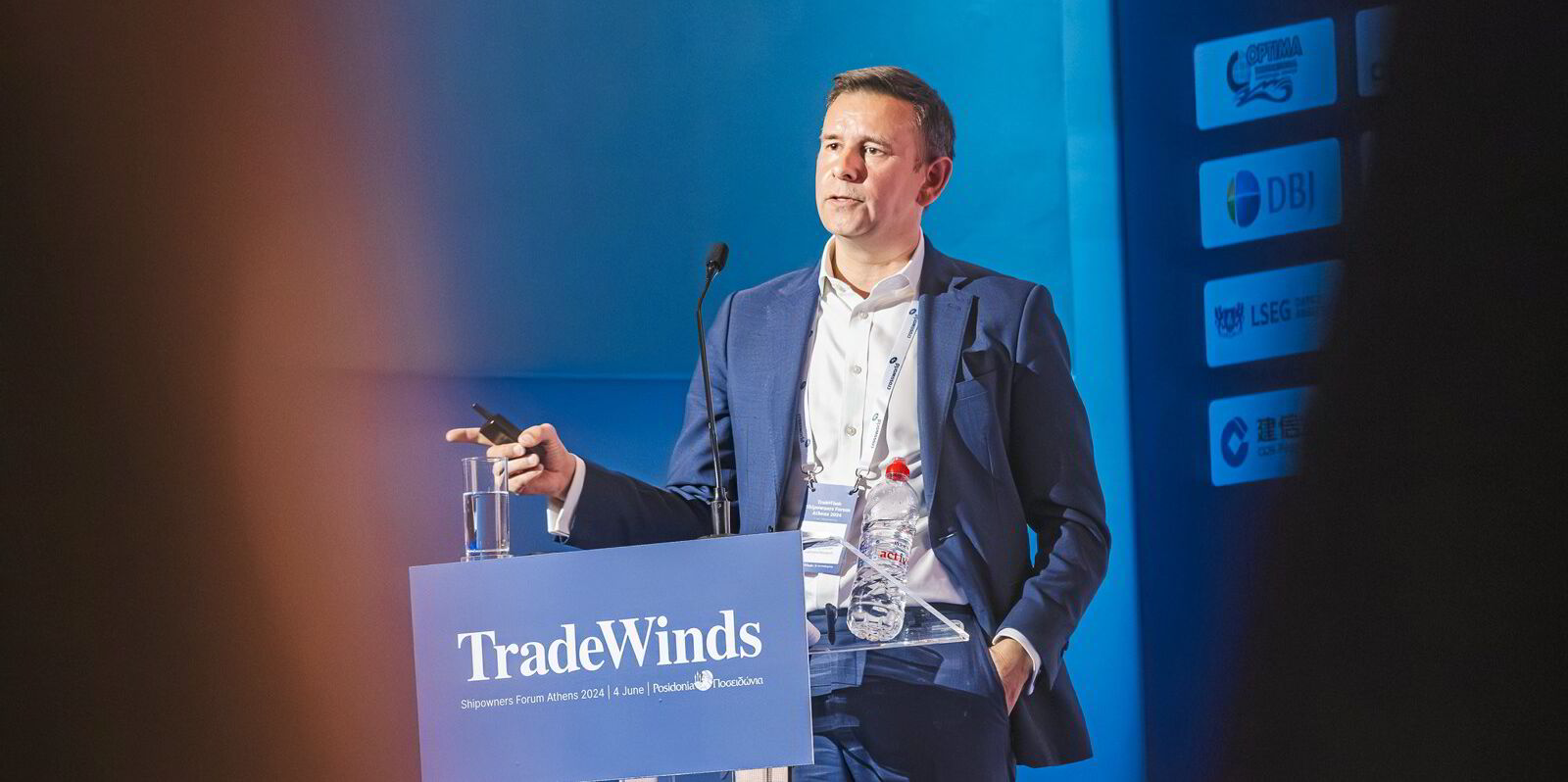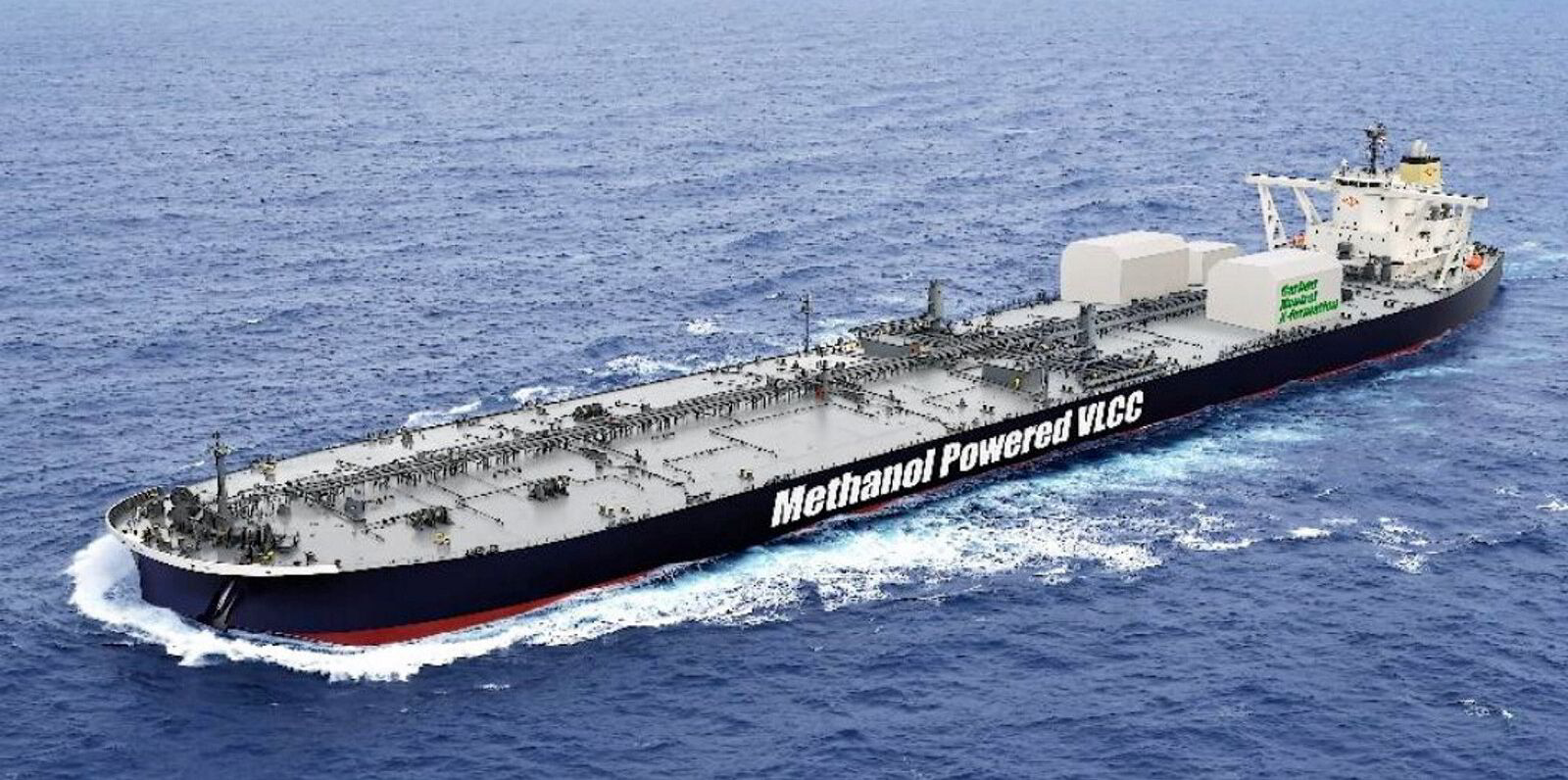Tanker owners should be looking forward to next year with increased optimism, according to Clarksons Research.
Shipping demand appears positive in 2025, but the UK researcher is less sure about the following year.
Clarksons Research said tanker market conditions remain relatively firm overall.
Average earnings eased across the summer months, to $27,161 in the third quarter, the lowest level since early 2022 as softer Chinese demand amplified seasonal oil trade weakness.
But activity and rates have begun to improve in recent weeks.
"Additional market improvements are expected across the seasonally stronger winter period, with the tanker sector outlook still relatively positive heading into 2025," the company said.
There is underlying support from vessel re-routing around the Cape of Good Hope amid Red Sea disruption, continuing longer-haul Russia/European related trade patterns, and limited fleet growth in the near-term.
Crude tanker earnings firmed to $44,000 per day in the first half of October.
And vessel demand growth is set to accelerate next year, with seaborne crude volumes projected to rise 2.7.
Risks include sustained Chinese import weakness, but support is still there from strong growth in long-haul Atlantic-Asia trade.
Total volumes from the US, Brazil and Guyana are up 70% compared to 2019, Clarksons pointed out.
Demand to outstrip supply
Demand in deadweight tonnage terms is forecast to increase 3.2% in 2025, while fleet capacity growth is expected be limited to 1.1%.
On the clean side, market conditions also remain relatively strong despite recent easing.
September saw rates drop to $19,648 per day, amid slowing oil demand growth and Russian products outages.
But earnings averaging $33,208 so far this year are still 87% above the 10-year average with seasonal upside expected in the winter.
“The outlook for 2025 suggests some product tanker market easing with fleet capacity growth expected to pick up to 5.5%, while product tanker dwt demand is projected to grow by 2.9%, in a scenario where Red Sea disruption continues,” the company said.
Initial projections for 2026 suggest the potential for the tanker market to see some softening against the backdrop of accelerating vessel supply growth.
This is because 2024 has seen newbuild ordering pick up further, with a total of 40.1m dwt ordered to end of September.
Earlier on Wednesday, Japan's Iino Lines revealed the latest VLCC order, adding a methanol dual-fuel ship at Nihon Shipyard.
This brought to 74 the number of big tankers now contacted at yards.
Crude sector better placed
In the crude sector, fundamentals may be relatively balanced, Clarksons said.
Fleet growth is provisionally expected to hit 2.5%, but demand expansion will be steady at 2%.
This indicates "another firm year overall for earnings," the company added.
"However, the products sector could see further easing in 2026, with firm fleet growth (6.4%) expected to outpace demand expansion (2.3%)," Clarksons said.
And if Red Sea disruption eases, markets could see further downside, the firm warned.
This could limit demand growth to 1% in 2026, Clarksons argued.
Chinese demand looking rosier?
Fearnley Securities pointed to more positive signs coming out of China in terms of vessel requirements.
Analysts Fredrik Dybwad and Nils Thommesen said "apparent oil demand" grew 3.2% in September, compared to August.
This is still down nearly 5% year-on-year, however.
Diesel was a big part of the September uptick, while total products demand is up 0.8% year-on-year.
“Summing it up, the September figures are a step in the right direction, while it will be interesting to see for the next months whether the recently announced stimulus measures will have an impact on oil markets,” the analysts said.
And the country has increased its crude oil import quotas this week by 5.8% compared to last year.
This could be a sign of higher volumes to come, Fearnley believes.
“The increased crude oil import quotas should give a boost to VLCC volumes next year, enabling China to capitalise on what is expected to be a building oversupply of crude oil in 2025,” the analysts argued.








